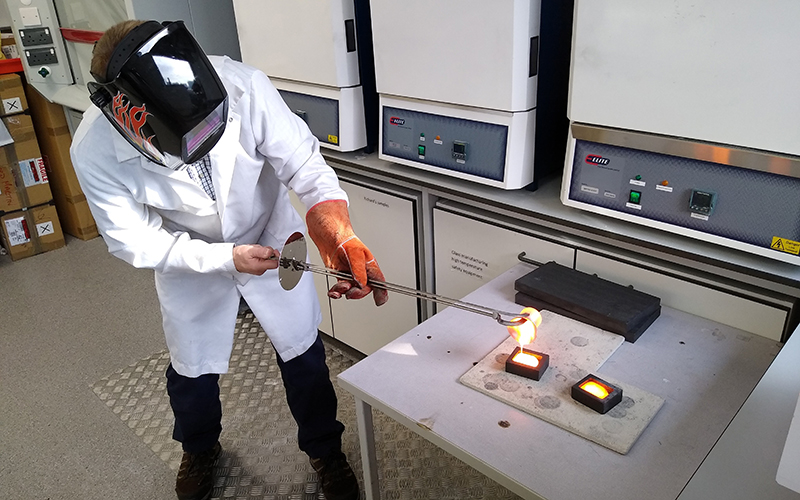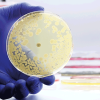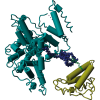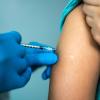Infections linked to medical devices, such as catheters, dental implants, orthopaedics and wound dressings, could be dramatically reduced using a new technique.

Scientists at Aston University have found a way to significantly increase the antimicrobial properties of a material used in many medical devices and clinical surfaces – bioactive glass.
The team had already developed bacteria-killing bioactive glass laced with a single metal oxide. Their latest research combined pairs of metal oxides and found that some combinations were more than 100 times better at killing bacteria than single oxides.
Bioactive glass is made from high-purity chemicals designed to induce specific biological activity, but the type currently in clinical use – often as a bone filler – does not contain antimicrobial substances. The research showed that combinations of metal oxides can improve the antimicrobial properties of bioactive glass.
Image credit | Ashton-University




